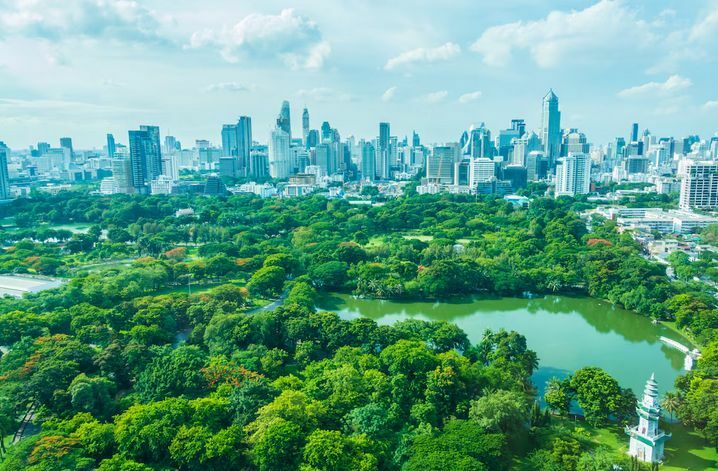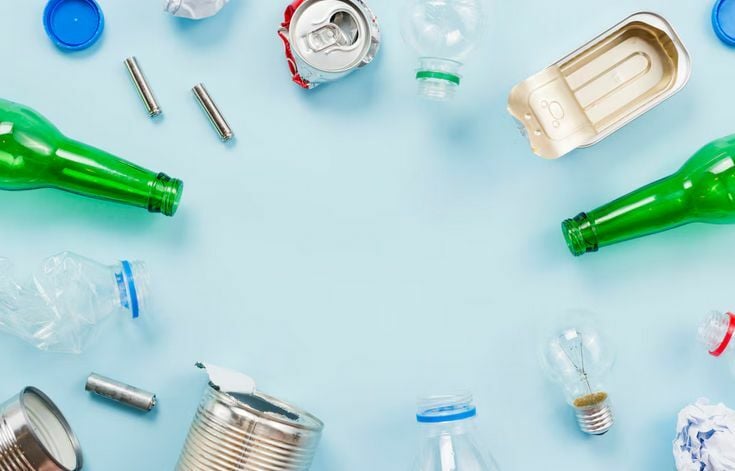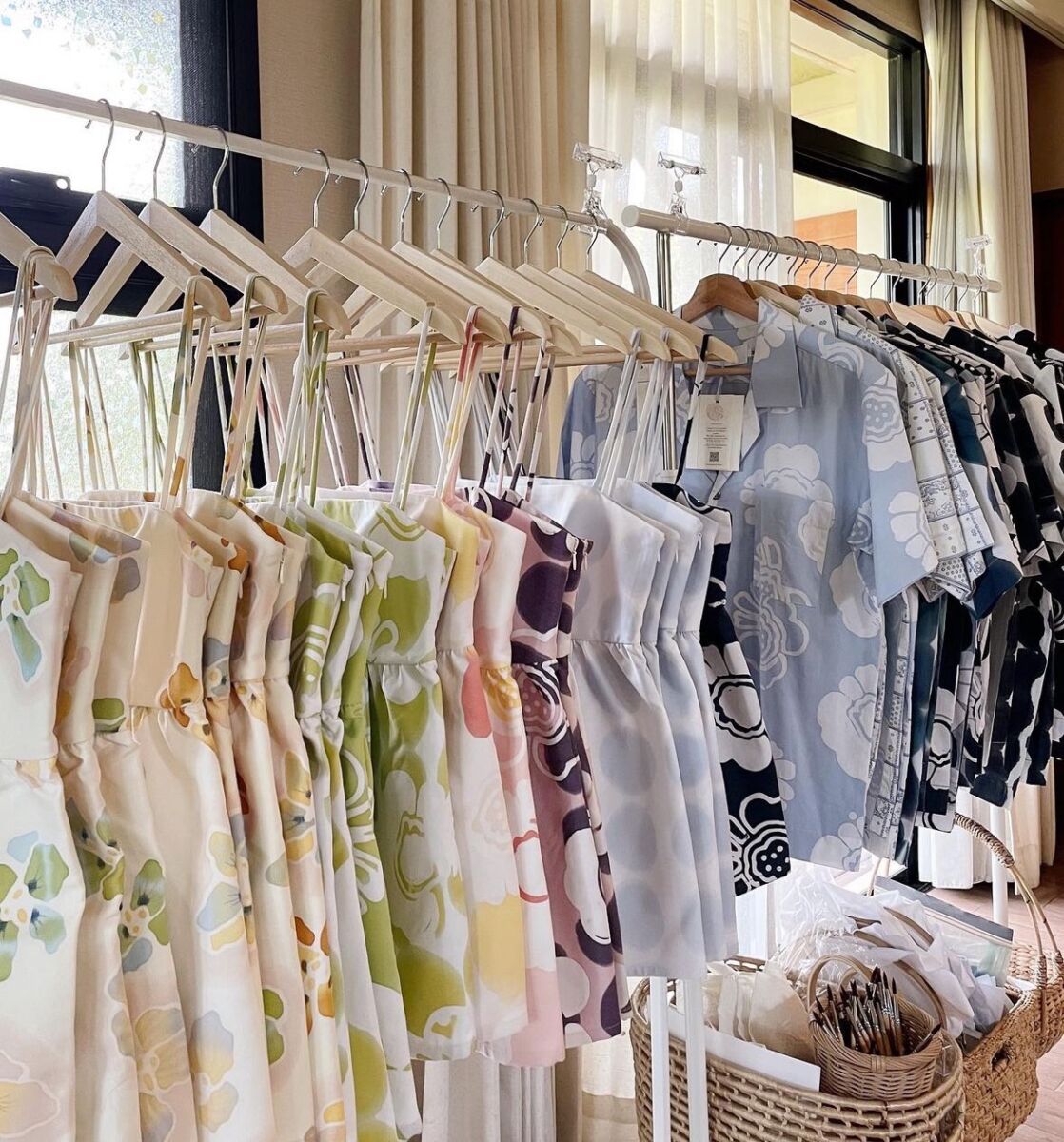Sustainable innovations with upcycling in Thailand

Upcycling in Thailand exemplifies the innovative spirit of the nation. By creatively reusing waste, the country addresses pollution and promotes environmental sustainability. Plastic bottles and fishing nets are being transformed into valuable products through various initiatives.
The Thai government plays a crucial role in these efforts. They partner with private companies and non-profits to champion upcycling. Their holistic approach ensures that waste management considers environmental impacts and societal benefits. Public awareness is increasing, driven by these collaborative projects.
Thailand’s efforts in upcycling contribute not only to waste reduction but also to resource efficiency. By converting waste into useful products, the nation sets an example for sustainable practices. The impact of these efforts ripples through communities, encouraging a shift towards responsible consumption.
Upcycling in Thailand

The upcycling movement in Thailand
The upcycling movement in Thailand showcases innovative efforts to transform waste into valuable products. Organisations like Trash Hero and Precious Plastics Thailand lead the way. They involve local communities in collecting and repurposing plastic waste. These projects not only reduce landfill pressure but also create new business opportunities.
Upcycling initiatives focus on various waste types. Fashion brands transform discarded fabrics into stylish clothing lines. Craft artisans use recycled materials to create home decor and accessories. This diversity highlights the broad potential of upcycling in Thailand.
Case studies of upcycling in Thailand
Thailand showcases remarkable upcycling projects transforming waste into valuable resources. One notable initiative is ‘Upcycling the Oceans Thailand‘. This project collects plastic waste from seas and rivers and the collected plastic is then turned into trendy fashion items and durable fabric.
Another inspiring case is the work of ‘Precious Plastics Thailand.’ This community-driven project recycles plastic waste into everyday products. They conduct workshops and training sessions, teaching people to create innovative goods from recycled plastic. Their efforts extend to producing unique jewellery and practical household items.
Trash Hero is another key player in Thailand’s upcycling movement. This organisation focuses on reducing plastic waste through community clean-ups. The collected waste is repurposed into useful products like eco-bricks and reusable bags.
Companies in urban areas also embrace upcycling. For instance, some businesses create stylish furniture from discarded wood and metal. These items not only reduce landfill waste but also add a unique aesthetic to homes and offices.
In rural areas, local artisans upcycle agricultural waste into beautiful handicrafts. Products like woven baskets and decorative items are made from palm leaves and rice husks. These crafts provide income for rural communities and promote sustainable practices.
Each of these examples highlights the innovative spirit and sustainable focus of upcycling in Thailand. They not only mitigate waste but also foster economic growth, creativity, and community engagement.
Marionsiam

The Renaissance camisole top from Marionsiam exemplifies the art of upcycling in Thailand. Made from surplus fabrics and vintage textiles, each top combines historical charm with modern fashion. This innovative approach not only reduces textile waste but also promotes sustainable fashion.
Each camisole top is handcrafted by skilled artisans, ensuring unique designs. The use of upcycled materials highlights the growing trend of repurposing unwanted items, contributing to environmental conservation. Marionsiam’s focus on sustainability supports both local artisans and the broader community.
Marionsiam collaborates with local collectors to source materials, ensuring the authenticity and quality of each piece. This partnership strengthens the cultural heritage while addressing the environmental challenges of fast fashion. Upcycling initiatives like these demonstrate how Thailand is leading the way sustainably.
By embracing upcycling in Thailand, Marionsiam successfully merges past and present fashion trends. Their Renaissance camisole top not only showcases innovative design but also promotes a greener future.
Benefits of upcycling in Thailand
Upcycling in Thailand reduces waste and conserves natural resources. Transforming waste materials into valuable products helps minimise landfill use. For example, initiatives that repurpose plastic bottles and fishing nets collected from seas and rivers create a positive environmental impact.
Economic benefits also emerge. Upcycling creates jobs in the collection, processing, and manufacturing sectors. Local communities involved in recycling projects witness increased employment opportunities. Businesses that produce upcycled products frequently support local artisans and industries, driving economic growth.
Another advantage is the preservation of cultural heritage. Using traditional crafts in upcycled products keeps cultural practices alive. Thailand’s artisans, involved in creating items from surplus fabrics and vintage textiles, help blend historical techniques with modern designs. This enriches the cultural landscape and promotes eco-friendly fashion.
Upcycling also fosters innovation. Creative reuse of materials sparks innovative product designs. These initiatives highlight Thailand’s ability to lead in sustainable practices. Companies like Wastic and Marionsiam exemplify how upcycling results in unique and eco-conscious products, contributing to a greener planet.
Challenges faced by the upcycling movement in Thailand
Upcycling in Thailand encounters several hurdles, despite its progress. Key challenges include the lack of public awareness. Many Thais are unfamiliar with the concept of upcycling, leading to limited participation. Education campaigns, though increasing, haven’t reached all demographics.
Economic factors further impede the movement. Upcycling often involves higher costs compared to traditional recycling processes. This makes sustainable products less competitive in the market. Consumers frequently opt for cheaper, non-upcycled items, reducing demand.
Logistical difficulties also arise in collecting and processing waste. Thailand’s waste management infrastructure isn’t fully equipped to handle upcycling requirements. Inefficiencies in sorting and transporting recyclables complicate the process. This logistical gap hinders the scalable impact of upcycling projects.
Legal and regulatory frameworks create additional barriers. Existing policies might not support or incentivise upcycling adequately. Limited government incentives for businesses practising upcycling reduce industry growth. Without supportive regulations, scaling up these initiatives remains challenging.
Cultural attitudes present another obstacle. Traditional views on waste and consumption can deter upcycling efforts. Convincing communities to adopt sustainable practices requires altering long-standing habits. This slow cultural shift affects upcycling adoption rates.
Despite these challenges, upcycling in Thailand continues to grow. Addressing these issues through education, policy reforms, and infrastructure improvements is essential. The ongoing efforts could position Thailand as a leader in sustainable practices.
Potential growth and future impact of the upcycling movement in Thailand
The upcycling movement in Thailand shows strong potential for growth. Rising environmental awareness among citizens and businesses drives this expansion. The government’s supportive policies enhance this landscape, making Thailand conducive to sustainable practices. Enhanced regulatory frameworks facilitate investments in upcycling technologies, pushing the industry forward.
Technological advancements drive efficiency in the upcycling process. Innovations enable better sorting, cleaning, and repurposing of waste materials. These improvements reduce costs and enhance the quality of upcycled products. International collaborations amplify Thailand’s efforts. Partnerships with global organisations foster knowledge exchange and resource sharing. These alliances strengthen Thailand’s position as a leader in upcycling practices.
Consumer preferences shift towards eco-friendly products. This trend boosts demand for upcycled goods. Businesses respond by incorporating sustainable practices into their operations. As a result, upcycling in Thailand merges economic growth with environmental responsibility, offering a promising future.
In the future, upcycling in Thailand promises growth driven by environmental awareness and supportive government policies. Educational institutions now include sustainability in their curricula. Investments in upcycling technologies are rising, increasing efficiency and reducing costs. International collaborations further bolster Thailand’s upcycling reputation.
Latest Thailand News
Follow The Thaiger on Google News:


























